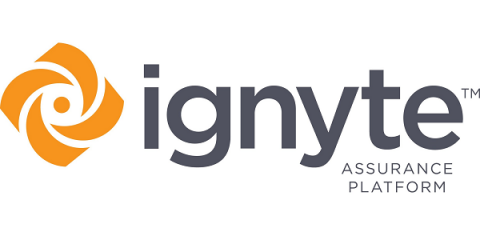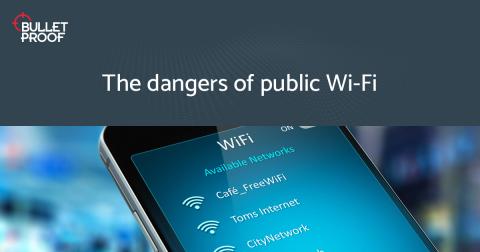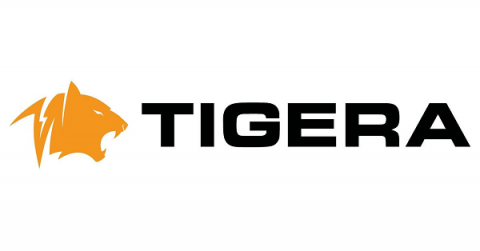Signs Your Organization Needs a GRC Solution
Before beginning, you might ask yourself: Does my organization need a GRC Solution? The simple answer is yes. There are over 200 complex frameworks and workflows that simply can’t be managed by floods of repetitious spreadsheets or word documents. Let’s define “Governance Risk-Management Compliance” and how the three pillars work together in relation to an organization and its objectives. Check top 30 security frameworks – 2019.









